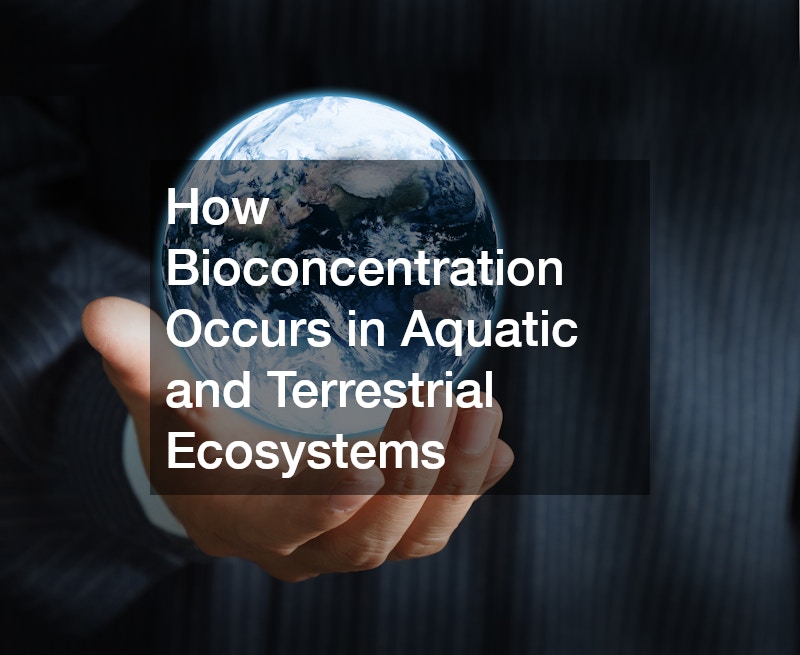Bioconcentration is a critical ecological process that affects both aquatic and terrestrial ecosystems. Understanding how bioconcentration occurs helps scientists and environmentalists devise strategies to protect these environments from contamination. This article delves into the mechanisms of bioconcentration, exploring how various substances accumulate in living organisms through ecosystems.
Bioconcentration in Aquatic Ecosystems
Aquatic ecosystems, such as lakes, rivers, and oceans, are particularly susceptible to bioconcentration. In these environments, chemicals often dissolve in water, subsequently entering organisms through gills or skin. Aquatic organisms, particularly fish, bioaccumulate these chemicals in their tissues, leading to higher concentrations as one moves up the food chain. This poses risks not only to aquatic life but also to human populations that rely on seafood as a dietary staple. Studies have shown that pollutants like heavy metals and persistent organic pollutants (POPs) are particularly prone to this process.
The characteristics of chemicals that undergo bioconcentration include their solubility and persistence in the environment. Lipophilic compounds, which have a strong tendency to accumulate in fatty tissues, display particularly high levels of bioconcentration. Furthermore, the physical characteristics of aquatic habitats, such as water temperature, pH, and salinity, can influence the degree of bioconcentration. For example, warmer temperatures can increase metabolic rates, potentially elevating bioconcentration rates in aquatic organisms. This is a concern in tropical regions where fish may have a higher tendency to accumulate harmful substances.
Efforts to mitigate bioconcentration in aquatic systems have included the reduction of pollution sources and the promotion of sustainable fishing practices. Environmental protections have been strengthened in various parts of the world, focusing on reducing the input of hazardous substances into water bodies. Monitoring and regulation are critical in ensuring that these protective measures are enforced effectively. Moreover, community awareness and education programs highlight the importance of reducing ecological pollutants to safeguard aquatic life. These integrated strategies are vital in managing the health of aquatic ecosystems.
Bioconcentration in Terrestrial Ecosystems
Terrestrial ecosystems, while different in structure and processes, also experience bioconcentration. In these ecosystems, chemicals enter organisms primarily through the food they consume or the water they drink. Soil pollution is a significant source of contaminants that can lead to bioconcentration in plants and animals. Plants absorb chemicals from the soil, integrating them into the food chain, which can affect herbivores and, subsequently, carnivores. These dynamics demonstrate the interconnectedness of terrestrial ecosystems and the potential for widespread impact from local contamination.
Persistent organic pollutants (POPs) and heavy metals are notable contributors to bioconcentration in terrestrial environments. Due to their long-lasting nature and resistance to degradation, these substances can remain in the soil for extended periods. As plants take up these substances, they can accumulate to levels significantly higher than what was originally present in the soil. These contaminants can then move up the food chain, potentially affecting predators and, in some cases, humans. This process underscores the need for comprehensive soil management practices to combat pollution.
Addressing bioconcentration in terrestrial ecosystems often involves a combination of legislative, agricultural, and community initiatives. For instance, stricter regulations on the use of pesticides and industrial chemicals aim to reduce new inputs of harmful substances into the environment. Sustainable farming practices also play a key role, such as crop rotation and organic farming, which help maintain healthier soil conditions and lower chemical use. Public awareness campaigns are integral to these efforts, educating communities about the importance of reducing pollution and its ecological consequences.




